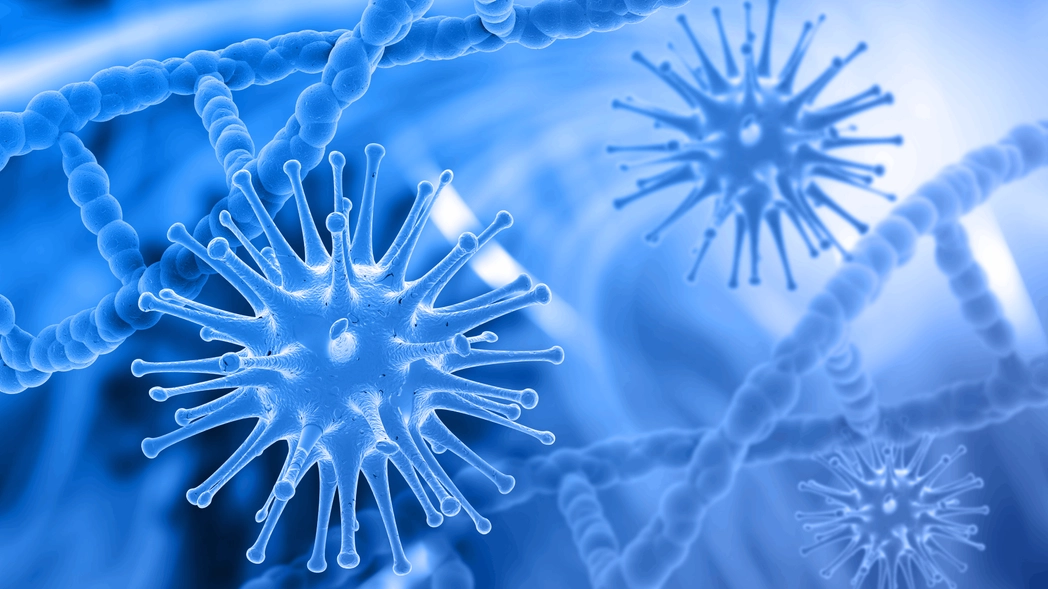Facial nerve disorders may significantly affect human organisms and damage nerve tissues, which may lead to terrible health consequences. Typically, to treat this condition, clinicians take a nerve from another part of the patient's body (so-called autografts) and use it to fix the affected facial nerve. Still, this methodology does not always help – a notable part of operations are unsuccessful.
Now, researchers are trying to solve this issue from within the body –– in animal studies, specialists from the University of Pittsburgh used stem cells from human dental pulps to regrow the damaged parts of nerve tissues.
According to the leading author –– Fatima Syed-Picard, oral and craniofacial sciences, and bioengineering professor –– these engineered tissues are much more biomimetic than in other existing approaches that may theoretically increase the rate of successful operations.
How does it work?
Repairing nerves includes regrowing axons –– part of the cell that transports impulses to the synapse. It's crucial for axons to connect to the appropriate nerve tissue, and autografts can not guarantee it, which may lead to involuntary muscle activity.
To streamline and tune this process, scientists cultivated a few cell populations, such as stem cells and neural support cells, that produce key molecules for the neuron regeneration process. Still, they can not reconstruct the nerve themselves – cells need some carcass (so-called conduits – presented in the picture) to grow properly.

And scientists had a brilliant idea – let the cells make their carcass. The thing is that many cell types can form the so-called extracellular matrix – biomolecular scaffolding surrounding them in the body. The research group decided to choose dental pulp stem cells (DPSCs) that are readily available and quite hardy, but more importantly, they can produce specific proteins that enhance nerve growth.
How did researchers regenerate the tissue?
The extracellular matrix needs to be aligned in a specific way according to the need for an axon connection. To make it possible, scientists create rubber molds with rows of 10-micrometer-wide (5 times less than the average diameter of a human hair) grooves.

After a few days, DPSCs produced the matrix, forming a biological layer that scientists then rolled into the cylindric cell-made conduits. During the experiment with rats, researchers tried to use these conduits to regrow a 5-millimeter gap in the facial nerve of rats –– another group of animals received autografts for the same purpose.
What's the result?
Twelve weeks after the operation, scientists examined both groups. They found that rats with conduits had more indicators of axon development, meaning that regeneration may be more robust after additional time. However, after they tested regenerated nerve functions using electrical stimulation, they found that both groups demonstrated the same motions.

Currently, scientists are carefully studying the role of extracellular matrix in the regeneration process and their side roles – for instance, these conduits may be used to dampen inflammation.







 International
International  UK
UK  Kuwait
Kuwait  Nigeria
Nigeria  Kenya
Kenya  Japan
Japan  USA
USA  France
France  UAE
UAE  South Africa
South Africa  Ethiopia
Ethiopia  Australia
Australia  Canada
Canada  Germany
Germany  Bahrain
Bahrain  Egypt
Egypt  India
India  Pakistan
Pakistan  Mexico
Mexico  Switzerland
Switzerland  Qatar
Qatar  Algeria
Algeria  Angola
Angola  Malaysia
Malaysia  Argentina
Argentina  Italy
Italy  KSA
KSA  Morocco
Morocco  Ghana
Ghana  Indonesia
Indonesia  Brazil
Brazil  Austria
Austria  Turkey
Turkey  Côte d’Ivoire
Côte d’Ivoire  South Korea
South Korea  Colombia
Colombia 

































